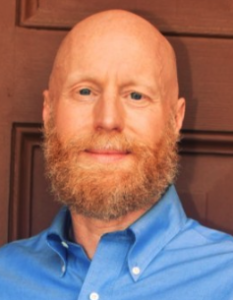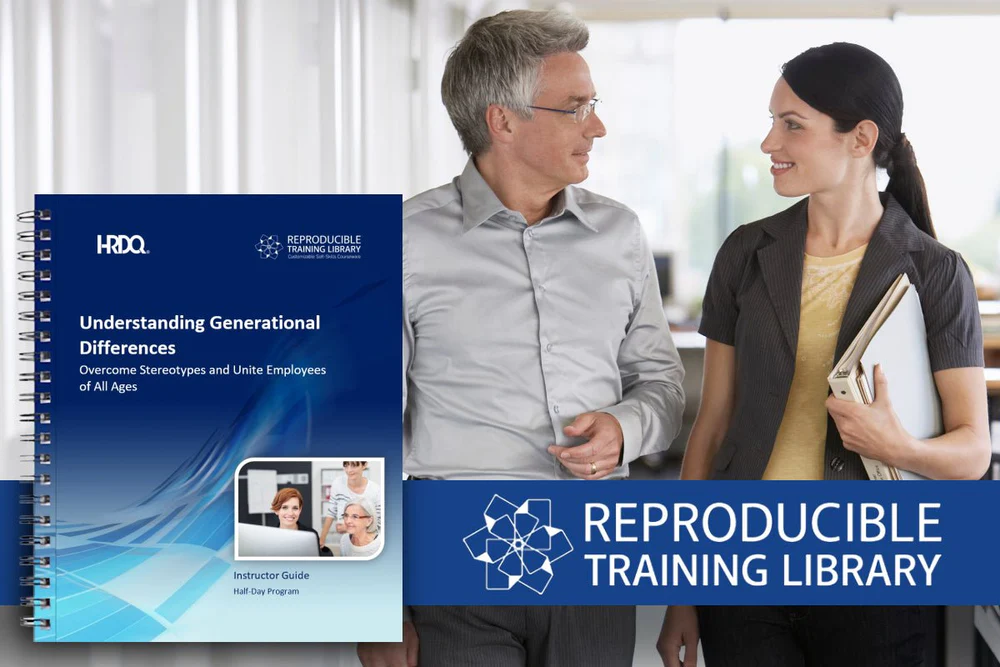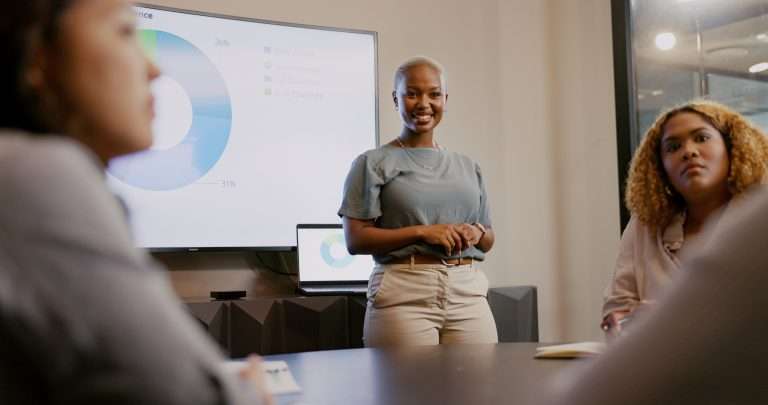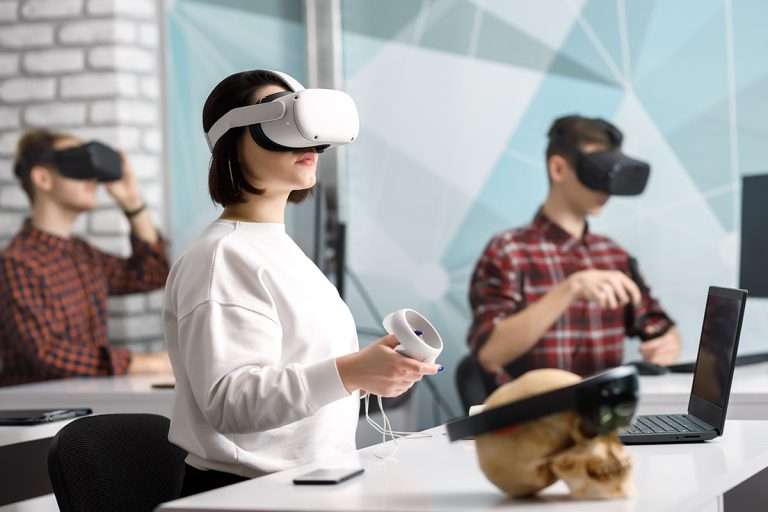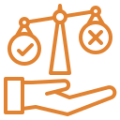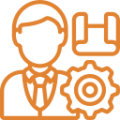What Happens After the Basics
Many people stop at the basics. Sure, your younger mentor might show you how to use Slack or how to use TikTok for business. But the real value comes when they help you see why your remote team member isn’t actually being lazy.
When reverse mentoring stays at the basics, it just wastes everyone’s time and energy. Your younger mentor turns into a glorified tech support person instead of a real partner. The real breakthrough comes when you start to question your assumptions about workplace behavior and learn about the reasons behind different generational styles.
Let’s say that you have that senior executive who found out their Gen Z mentor’s work-from-home preference actually increased their productivity by 30%. The executive used to think that remote work meant less commitment. The mentor showed them how they perform better without office distractions and get better results with flexible schedules. These kinds of assumptions can end up being pretty expensive.

These conversations show you how different generations go after the same goals through completely different paths. Your younger colleagues might care about mental health discussions because they know how to stop burnout before it happens. At the same time, you might like face-to-face meetings because you understand how personal connections create long-term business success.
Each way makes sense. It really works when you stop thinking your way is the only right way and start asking yourself why someone else’s method works for them. Your mentor might find out that your preference for phone calls actually creates stronger client relationships than their preferred email chains.
When each person learns from the other, it creates real partnerships. When you show honest interest in your mentor’s methods, they feel like they matter and want to share even deeper insights. This psychological safety turns what could be awkward role reversals into real problem-solving sessions.
Organizations like Heineken and General Electric have watched these exchanges cut down on age-based assumptions across their organizations. When a 25-year-old shares their feedback style with a 55-year-old manager, each person leaves with new ideas about how people actually like to communicate rather than just stereotypes about generational differences.
Benefits That Go Both Ways
Let’s say that you think reverse mentoring is about seniors who need help learning how to use social media. But here’s what actually goes on when a junior employee sits down to explain blockchain to the CFO. They walk away with a much better understanding of complex topics because they have to break down complicated ideas for someone who thinks in a completely different way.
This kind of exchange creates something you might not expect. Junior mentors start to build up their executive presence by meeting regularly with senior leadership. They get to see how strategic decisions work from the very top of the company. At the same time, senior leaders get to hear new ways of looking at market patterns and how customers behave – patterns they would miss on their own.
These conversations change how people think about their jobs. Your junior mentor goes home with ideas about how the boardroom works – the kind of knowledge that usually takes years to learn. Your senior executive gets to hear what’s happening at ground level, the stuff that surveys never seem to catch. The learning goes in every direction, and nobody has to feel worthless.

The real magic starts when people let go of what they thought they knew about one another. Younger employees start to see that experience actually does matter. Senior team members find out that new ideas can help them question old habits in useful ways. When you have this shared respect, it breaks down the stereotypes that usually keep different age groups apart at work.
Their careers naturally speed up as a result of all this. Junior mentors build confidence from having these high-level conversations. When they see how business decisions get made at the executive level, this experience changes how they run their own projects. Senior mentees get better at dealing with change, and they become more open to new ideas.
The benefits go beyond just helping people grow. Teams start to work together across the usual company hierarchy. Trust grows between generations as people start to see one another’s points of view better. Organizations end up with teams that include all ages – teams that can solve problems from different sides.
Your team members stop thinking of age as something that blocks fresh ideas. Working together across generations gets to be normal instead of unusual.
What Makes Reverse Mentoring Programs Work
Let’s be honest about what everyone’s thinking. The idea of a 26-year-old telling a VP that they’re doing LinkedIn wrong probably sounds terrifying for everyone involved. That awkward situation is precisely why most reverse mentoring programs fail right away.
What actually matters is creating psychological safety from day one. Senior leaders need to know they can admit knowledge gaps without looking weak in front of their teams. I mean, most executives have never actually admitted they don’t know something professionally. Organizations like AXA have figured this out; they frame their programs around digital skills. The focus stays on business results instead of personal shortcomings. When people can admit knowledge gaps, and it feels safe, that’s when real learning happens.

The way you pair people matters more than you might think. Random assignments don’t usually work because they ignore personality fits and actual interest areas. You need to think about the chemistry between people, too. The NHS Foundation Trust does it differently; they match people based on shared goals around diversity and belonging initiatives. This creates a natural common ground that makes conversations flow easier.
Structure also makes or breaks these relationships. Some organizations go formal with scheduled monthly meetings where they track progress. Others like casual coffee meetings that happen organically. What actually matters is that you set specific expectations early about time commitments and what each person hopes to gain. Specific boundaries keep these relationships from turning into awkward time wasters. Mentors need to know if they’re teaching Instagram basics or strategic online thinking. Without this mutual agreement, people usually drift away after a few meetings.
Measuring success gets hard because much of it shows up in small ways. Employee retention rates and satisfaction scores help. Most of the real progress happens behind closed doors, though. Organizations like Novartis track these softer metrics through consistent check-ins and feedback loops.
Models That Work for Everyone
Sometimes, formal reverse mentoring programs just don’t make sense for your organization. Maybe you don’t have the resources to set up structured pairings. Your team could be too small to make it work well. And we all know that budget cuts usually hit learning programs before anything else.
When traditional reverse mentoring seems like too big of a stretch, peer mentoring circles give you a more workable way forward. These groups bring together people from different generations to learn from one another without the pressure of formal mentor-mentee relationships. Everyone gets to share what they know in a more natural way, and you can skip those awkward power problems that sometimes come up in one-on-one setups. Peer mentoring circles take away the artificial hierarchy that can trip up traditional programs. When you put four to six people together in a group, it creates natural conversations where knowledge gets shared in all directions. Your team members build more confidence when they get to teach their coworkers about their strengths.
Junior and senior employees can swap roles for a while, which gives each person a chance to see work from the other’s perspective. This way tends to work really well for project-based situations where natural teaching moments happen through working together. Some businesses have had great luck with mentoring marketplaces where employees pick their own cross-generational learning partners. People get to connect based on specific skills or interests instead of having someone assigned to them. This takes away the forced feeling of traditional programs and lets relationships develop more naturally.

When people get to choose their own matches, they build stronger connections than when someone else assigns them a partner. Employees put in more effort when they pick their learning partners, and you’ll see better employee retention when people feel like they have some control over their own development. Online tools have made these flexible ways much easier to use. Teams can keep conversations going across different locations and time zones without having to worry about scheduled meetings. The technology makes it easier for knowledge to move back and forth, with both sides able to share their strengths in a natural way – and remote teams really benefit from having this flexibility.
The trick is figuring out when to use different approaches instead of trying to make one answer work for everything. Organizations that switch between traditional and reverse mentoring every few months usually see better results than those that stick to just one format.
How It Changes Your Company Culture
This approach sends a strong message to everyone about what the organization values. Leaders sit down to learn from younger employees and show everyone else that staying curious matters more than titles or years of experience. You can feel this change in how people relate to one another.
These ripple effects spread pretty fast through the workplace. Other managers see it when executives admit they don’t know everything about social media or remote work tools. This openness makes it easier for everyone to ask questions without worrying about looking stupid. People start to share their ideas more freely when they see that knowledge can flow in both directions.
Knowledge sharing becomes a two-way street. Your team members stop worrying about looking foolish when they need something explained. The entire communication culture starts to change toward real collaboration.

Companies that try reverse mentoring find benefits they didn’t expect. Younger employees feel heard and appreciated when their ideas actually shape decisions. When people feel recognized like this, it can cut down on how many employees leave the company. At the same time, the executives who take part show their teams what it looks like to be willing to learn and stay curious. Just the fact that more employees stick around makes the whole program worth the investment.
These programs also help you spot problems that your regular feedback methods miss. A reverse mentoring conversation might show why your new product launch didn’t connect with younger customers. Or it could find the communication problems that make it take forever to make decisions.
Your regular feedback systems can’t pick up on the blind spots between different generations. Your quarterly surveys might miss how out of touch some people are with technology – something that shows up naturally in reverse mentoring conversations.
The connections that people make through reverse mentoring last way longer than just the formal mentoring relationship. People who join these programs keep looking for input from different generations. They get more comfortable with different points of view and become more willing to question what they’ve always believed.
Turn Your Workers into Teammates
The best part about reverse mentoring is that it takes all the workplace problems that so many people complain about and turns them into real opportunities where everyone can grow. Most workplaces already have this tension between different age groups anyway – whether you admit it or not, it’s already there. When you see generational differences as strengths that can work very well together, that’s when everything starts to change. This shift in perspective changes entire company cultures. The way your teams work together gets better when you start making use of generational differences to your benefit. Businesses see real gains in innovation and employee satisfaction. Workplaces start to see that their youngest employees have lots they can teach everyone else, while the team members who have been around the longest can pick up new ideas that help them stay current and interested in what they do every day.
What strikes me about successful programs is how they help people from different age groups connect in ways that nobody expects. These relationships end up going way past what people originally thought they’d learn. The connections form much faster than most people think they will. You see this deep respect grow between a senior executive who’s learning something new from a junior employee or a younger worker who picks up some real wisdom from someone who’s been in the business for decades – and this sets the stage for everyone to work together better at every level throughout the whole company. Senior leaders start to get fresh perspectives that completely change how they think about big decisions they need to make, while newer employees start to develop that executive presence because they’re exposed to how strategic thinking actually works in practice.
These partnerships between people from different generations are genuinely changing the way teams talk to one another in their day-to-day work. Your next promotion might depend on whether you can adapt to all the changes that your younger coworkers handle without thinking twice about it. Senior leaders who try it out usually find that they can make decisions faster and with better results. Even just feeling more confident about new tools and the latest developments can change how everyone tackles whatever comes their way down the road.

So if you’re someone who’s been working for a long time and wants to keep up with everything that’s new, or you’re newer to the workforce and want to build up your leadership skills, the main point is to stay open to what everyone around you has to teach. At HRDQ-U, we have a great learning community where you can watch webinars, listen to podcasts, and find all kinds of helpful content that’s made for the way workplaces run now.
Be sure to check out our webinar “Managers as Mentors: Building Partnerships for Learning” and check out our “Learning to Listen” HRDQStore training program that helps employees improve communication and performance by building better skills for understanding others.
Join now to access our huge on-demand library and stay ahead with the latest in HR and leadership training!











